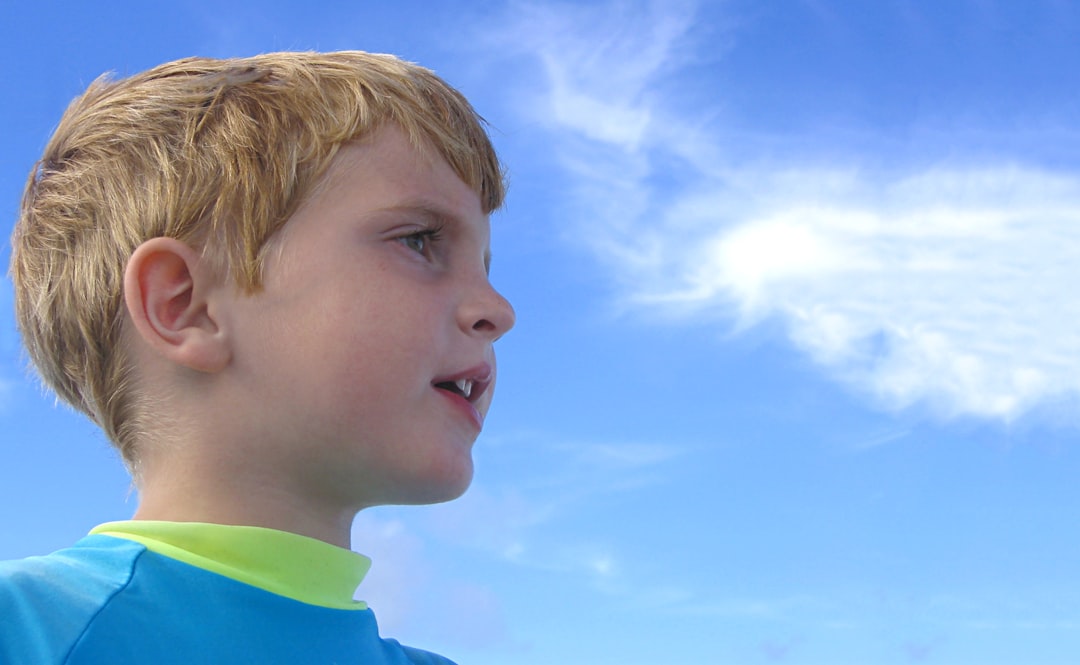What is it about?
Depression is a common and disabling disease that affects over 100 million people worldwide and can have a significant impact on physical and mental health, reducing their quality of life. In our review, the data analyzed allows us to claim that alternative therapies, such as exercise, are effective on controlling and reducing symptoms. 69.3% of the studies that investigated the antidepressant effects of exercise on depressive were significant, and the other 30.7% of the studies improved only in general physiological aspects, such as increased oxygen uptake, increased use of blood glucose and decreased body fat percentage, with no improvement on symptoms of depression. From the sample analyzed, 71.4% was composed of women, and regarding the severity of symptoms, 85% had mild to moderate depression and only 15% had moderate to severe depression. However, there is still disagreement regarding the effect of exercise compared to the use of antidepressants in symptomatology and cognitive function in depression, this suggests that there is no consensus on the correct intensity of aerobic exercise as to achieve the best dose-response, with intensities high to moderate or moderate to mild.
Featured Image
Why is it important?
We found that aerobic exercise is positive and relevant for patients with depression, however, it must be considered an additional treatment to medications and psychotherapy.
Perspectives
This is a very good review about the effects of aerobic exercise on depression, comparing aerobic exercise with other types of treatment for depression. It is a relevant review because it discusses the methodological differences between studies and neurobiological mechanisms underlying the findings.
Professor Sergio Machado
Federal University of Rio de Janeiro
Read the Original
This page is a summary of: Comparison Among Aerobic Exercise and Other Types of Interventions to Treat Depression: A Systematic Review, CNS & Neurological Disorders - Drug Targets, November 2015, Bentham Science Publishers,
DOI: 10.2174/1871527315666151111120714.
You can read the full text:
Contributors
The following have contributed to this page










